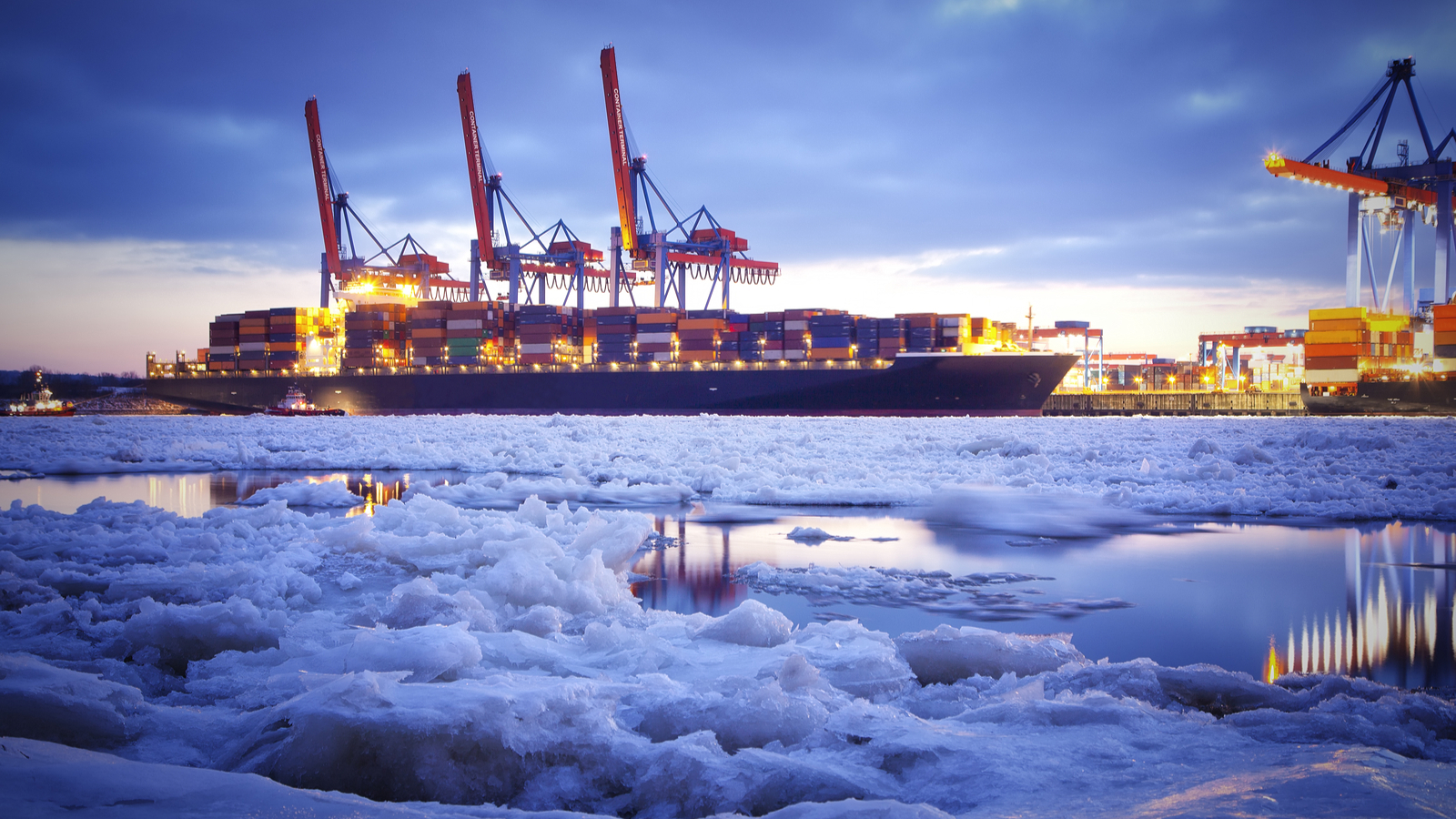Preventing wax formations in marine diesel fuels

Wilhelmsen insights
|
Jonas Östlund, Head of Product Management - Energy Solutions

Susceptible to wax formation, blocked oil filters and a complete loss of power are typically the unseasonal treats marine diesel fuels (distillate fuels) can offer when the cold season starts.
Fair Weather Fuel?
Distillate fuel’s paraffins, sometimes referred to as wax particles, join together forming larger structures as the temperature drops. f left unchecked cause catastrophic problems for vessels’ fuel filters. Only recently highlighted as a significant issue, because of the rapid take-up of low Sulphur distillate fuels (following the lowering of the max Sulphur limit in Emission Control Areas to 0.1%) this wax formation can however be systematically managed. But, before that can happen some basic knowledge regarding the cold flow properties of distillates is required.
Filter Focus
There are three measurable stages in the formation of wax in distillate fuels. Each one corresponds to a specific temperature, which will vary depending on the characteristics, quality and specs of the fuel on board. So while one fuel will flow uninhibited at lower temperatures, a very similar grade may be well on its way to blocking your engine’s filters. So, if your vessels are sailing in cold waters during the winter months it is important you’re familiar with these wax formation points and know the exact temperatures at which your fuel will begin to enter at least two of these phases.
An Early, But Unseen Warning – Cloud Point (CP)
This is the first discernible stage in distillate fuel’s waxy journey towards blocking your oil filters. It is the point at which the wax particles that have formed actually become visible, as a clouding or hazing in the fuel. The CP should act as the first and final warning as it gives a very clear indication that action must be taken. But that is of course if your crew could visibly check the fuel on a regular basis, which of course is difficult when it’s sat in closed tanks.
Reaching the Point Of No Return – Cold Filter Plugging Point (CFPP)
CFPP is the temperature at which fuel won’t be able pass through the filter, due to the build-up of wax crystals. Starved of fuel, the engine will stop. Measured under ASTM D6371 prescribed test conditions by analysing the exact temperature at which a set volume of the fuel fails to pass through a 45-micron filtration device filter within 60 seconds, once fuel reaches its CFPP there is very little way back. Dissolving the wax crystals back into the fuel is no easy task.
Tell Me Something I Don’t Know – Pour Point (PP)
Pour Point is the temperature at which fuel turns solid. Of the three measurements, PP is arguably the least useful, but it is the only one that is required by ISO8217 fuel specs. A vessel’s engines would have already stopped before the PP is reached, so both CP and CFPP should be the measurements that matter to your bunker brokers and crews. Though the difference in temperature between the CFPP and PP is typically between 5 and 10 degrees, it is not actually possible to calculate the CP and CFPP accurately simply by working back from the PP.
Keep It Simple
Some basic common sense should be employed when it comes to using distillate fuel in cold weather. Apologies if you’ve heard this before, but the number of loss of power (LOP) incidents and the increasing number of filter issues being reported in recent months would lead us to believe it is definitely worth stating the obvious, once again.
It is essential when purchasing bunkers to consider the anticipated operating temperatures at sea. These in turn should dictate the required cold flow properties, using CP and CFPP as the key metrics, of potential distillate fuels. If you are unsure, hedge your bets, buy distillates designed for slightly colder waters than your vessels are likely to be sailing.
In addition, ensuring your crews actually know the pre-determined CP and CFPP figures for the particular distillate sloshing about in the fuel tanks is vital. Making sure they are familiar with using sounding tape and a sounding pipe to measure and analyse the condition of fuel is also essential.
Maintaining the Flow
However, such simple precautions, in our opinion, should be supported by the routine use of distillate fuel treatments. As while the Cloud Point is completely unaffected by additives, both the CFPP and PP can be extended by the use of cold flow additives. Adding an extra buffer, additives ensure the formation of wax crystals is further postponed, helping to ease the burden of constant, close monitoring of tank and fuel temperatures.
How We Can Help: Diesel Power CFPP
Part of our innovative Unitor DieselPower distillate fuel treatment range, DieselPower CFPP is proven to vastly improve the cold flow properties of distillates. Delaying paraffin crystallization, treated fuels will flow unhindered at lower temperatures, extending their CFPP. Typically, this difference in CFPP values between treated and untreated fuels is between 10 degrees Celsius. Containing a mix of cold flow improvers, together with a wax anti settling additive (WASA) , to make sure no sediment is formed, DieselPower CFPP should be dosed one litre, to one thousand litres (1:1000) of fuel and added to the fuel tank prior to filling. With such a small financial cost and volume of additive required to keep you safe and operating as normal in areas where the temperature is close to your fuel’s limits, the systematic use of additive products, such as DieselPower CFPP, should become second nature to your engine room.
Learn more about Diesel Power CFPP
View more diesel fuel treatment products
Learn more about our marine fuel treatment (oil solutions) range